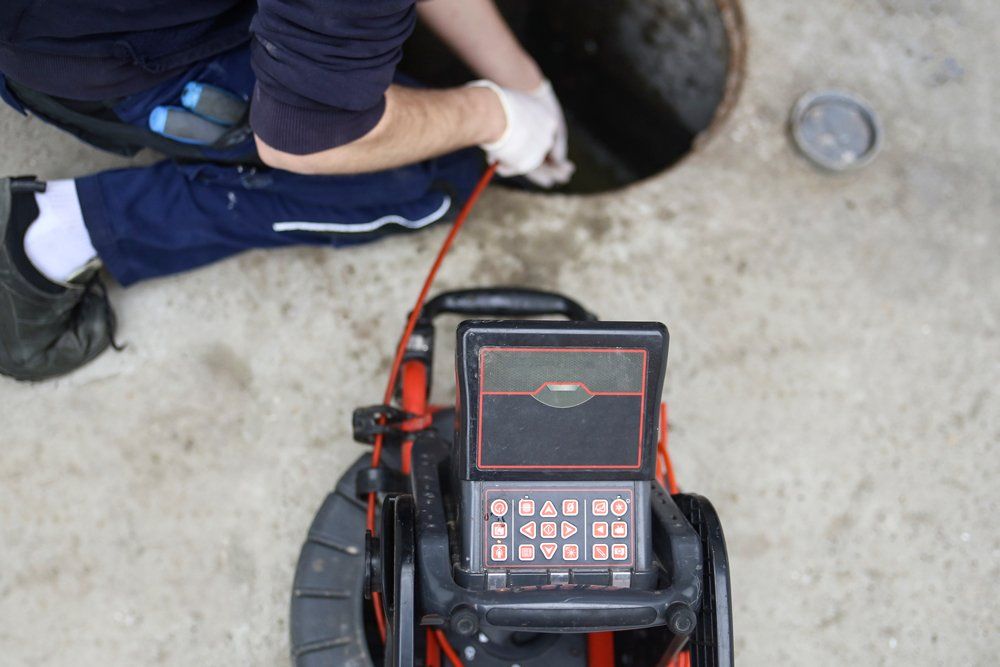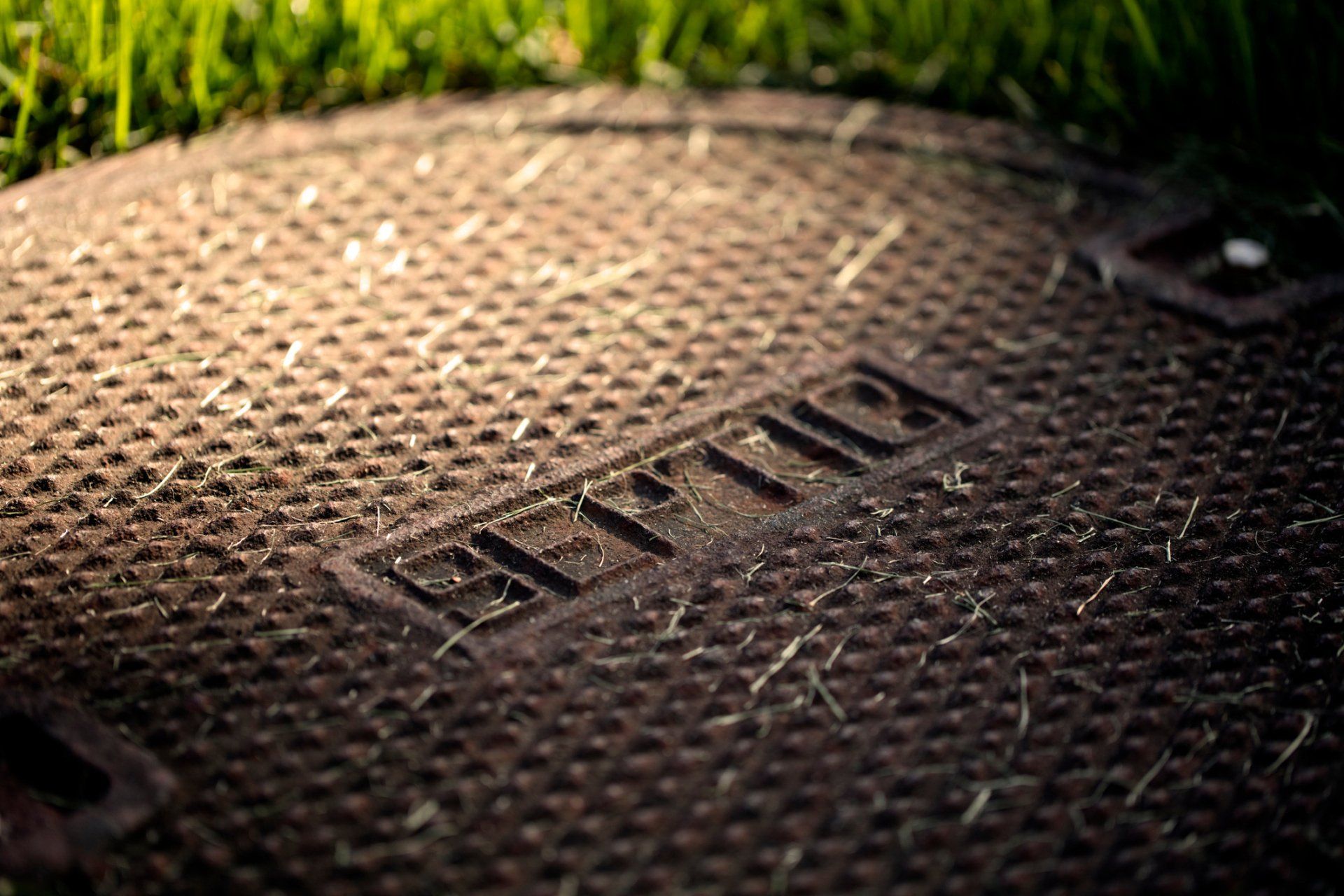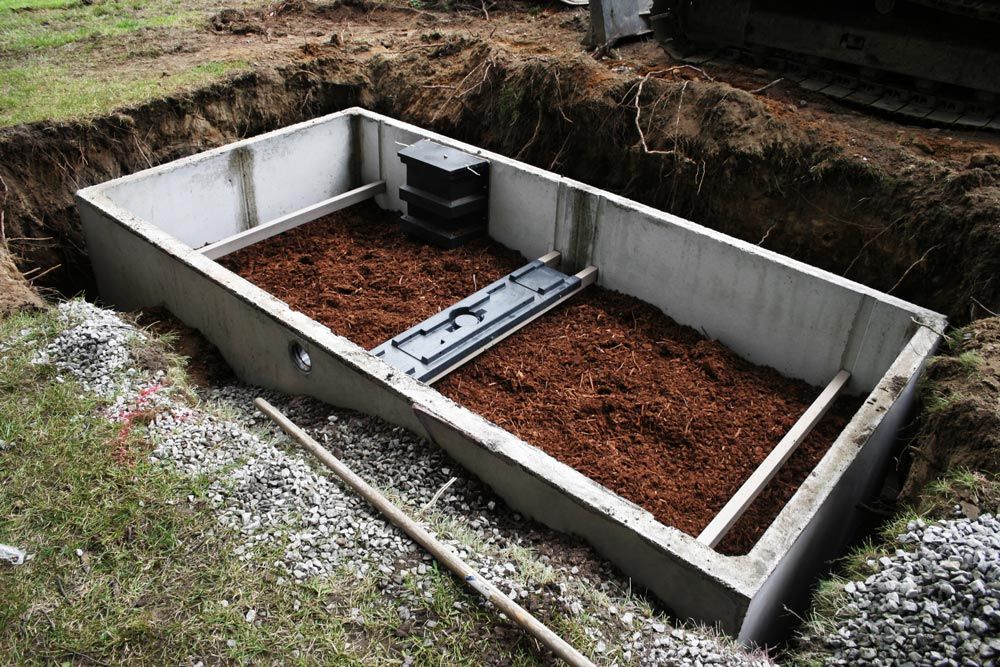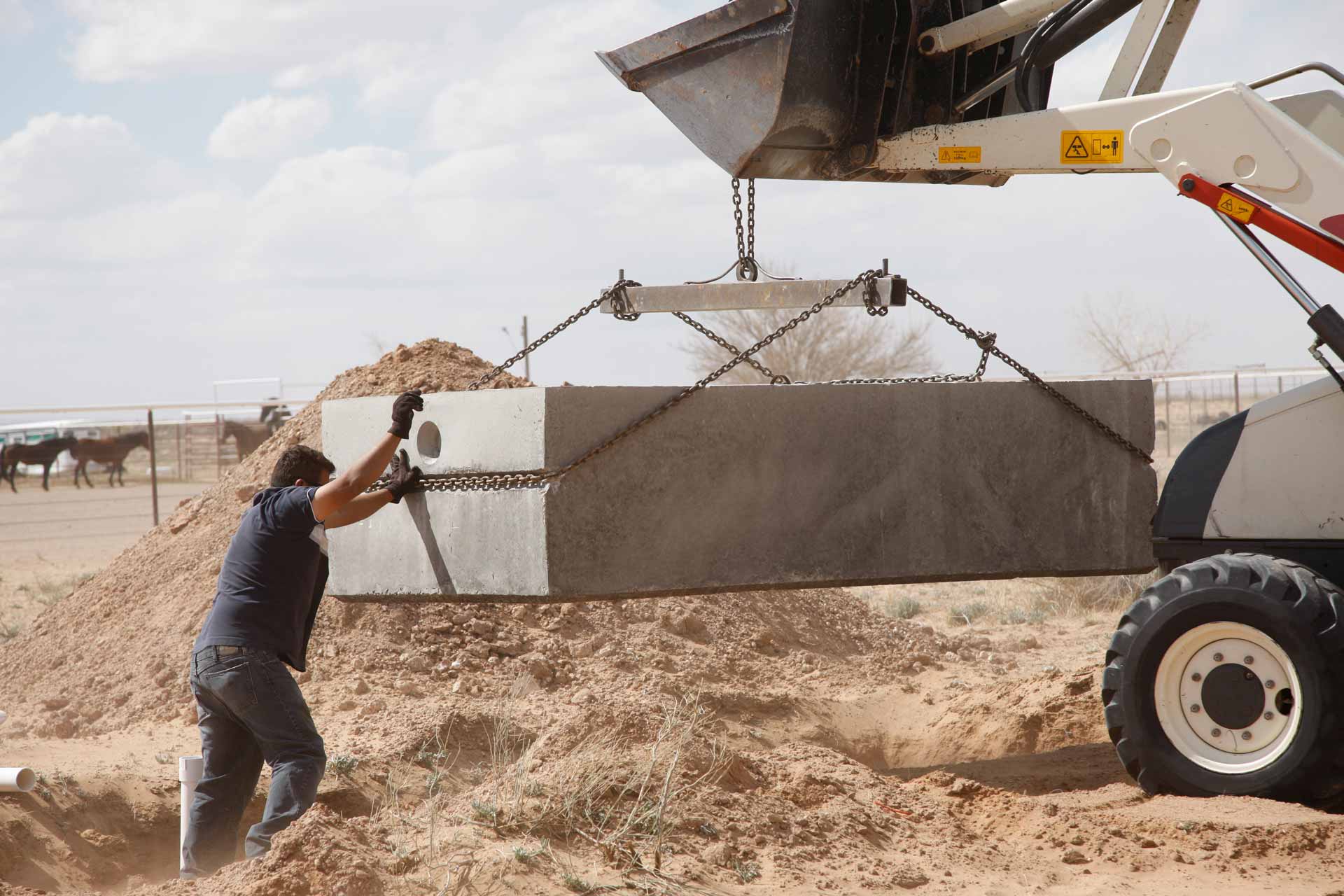Septic Tank Inspection: A Guide
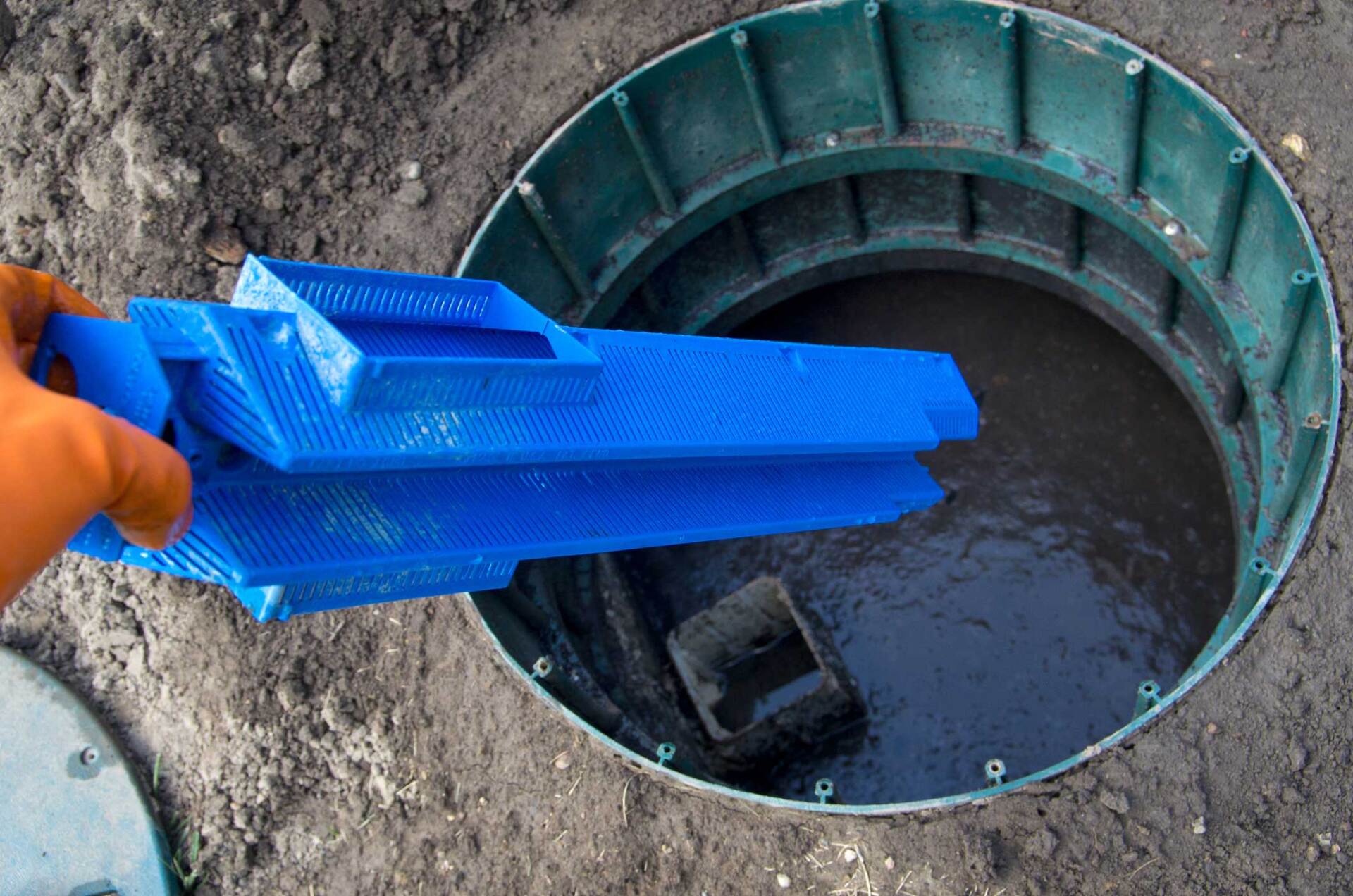
Planning to buy a new home soon? Some homes don't connect to the sewer system. Instead, they rely on the septic tank for sewage disposal.
A septic tank works as a system, and a system is prone to failures. Thus, as a homebuyer, have a professional inspector look over the septic tank before buying the house. The inspection process should coincide with the general property inspection. Discover why an inspection is necessary, what the costs of an inspection are, and what the features of an inspection process are.
The Reasons for a Septic Tank Inspection
Should you do a septic tank inspection before you buy your dream house? Absolutely! Hire a professional inspector to give you an up-to-date status of the septic system. Therefore, do a septic inspection for these three reasons:
- The challenges of the tank : The report will identify any problems that the tank has. A system that needs extensive repairs is a detriment for your interest in buying that house. This report will help you avoid unnecessary repair or replacement costs.
- The tank's capacity : The inspection report identifies the septic tank capacity. You will be able to determine if the tank meets your sewer requirements. And, you can adjust the tank capacity if you find any capacity deficiencies.
- The health of the occupants: A septic inspection report is crucial in identifying health risks in your home. The risks can be bad odor around toilets, wet areas in the lawn, and slow drainage all around the home. You have a guarantee of the health of your family members if you identify the health risks during the inspection process.
The Costs for Septic Tank Inspection
The inspection cost varies with the location of the house, the pumping rate of the region, and the level of inspection. Also, the cost of additional services such as removing the tank lid might attract extra charges. Finally, the inspection costs depend on the depth of your tank. The buyer of the house usually bears the cost of the septic inspection.
The Process for a Septic Tank Inspection
The process usually has two major inspection approaches.
The Visual Inspection
A professional inspector should conduct a visual inspection. It is a quick process, but it is not always comprehensive. The process can be done as follows:
- The house inspection : First, the inspector will ask general maintenance questions. They should record the age of the house and the frequency of emptying the tank.
- The appliance tests : Your inspector will run quick tests on several appliances in the house. The professional will flush all the toilets and run all the water in the house. This is to check the pressure levels and the drainage test.
- The outside inspection : The inspector will do a visual inspection of the drainfield. Here, they have to confirm if there is any stagnant water.
The Full Inspection
The inspection process focuses on the actual septic tank and the whole septic system. The process can go as follows:
- The drainage test: The inspector will remove the septic tank cover and check the water levels. From the water level analysis, the professional will determine the tank's drainage effectiveness.
- The water flow test : The inspector runs the tap water in the house to confirm if it flows from the house to the tank. Also, they can introduce a dye in the water and let it run from the house to the tank. They will see how much of the dyed water enters the tank. More water flow is a sign of an effective flowing system.
- The septic tank test: The inspector will check the backflow from the absorption area on the tank. A blockage is a sign of a problem in the drain field.
Before you buy a house that has a septic tank, contact Pete's Flow Technicians for an expert opinion. Then, order your septic tank inspection services immediately.

